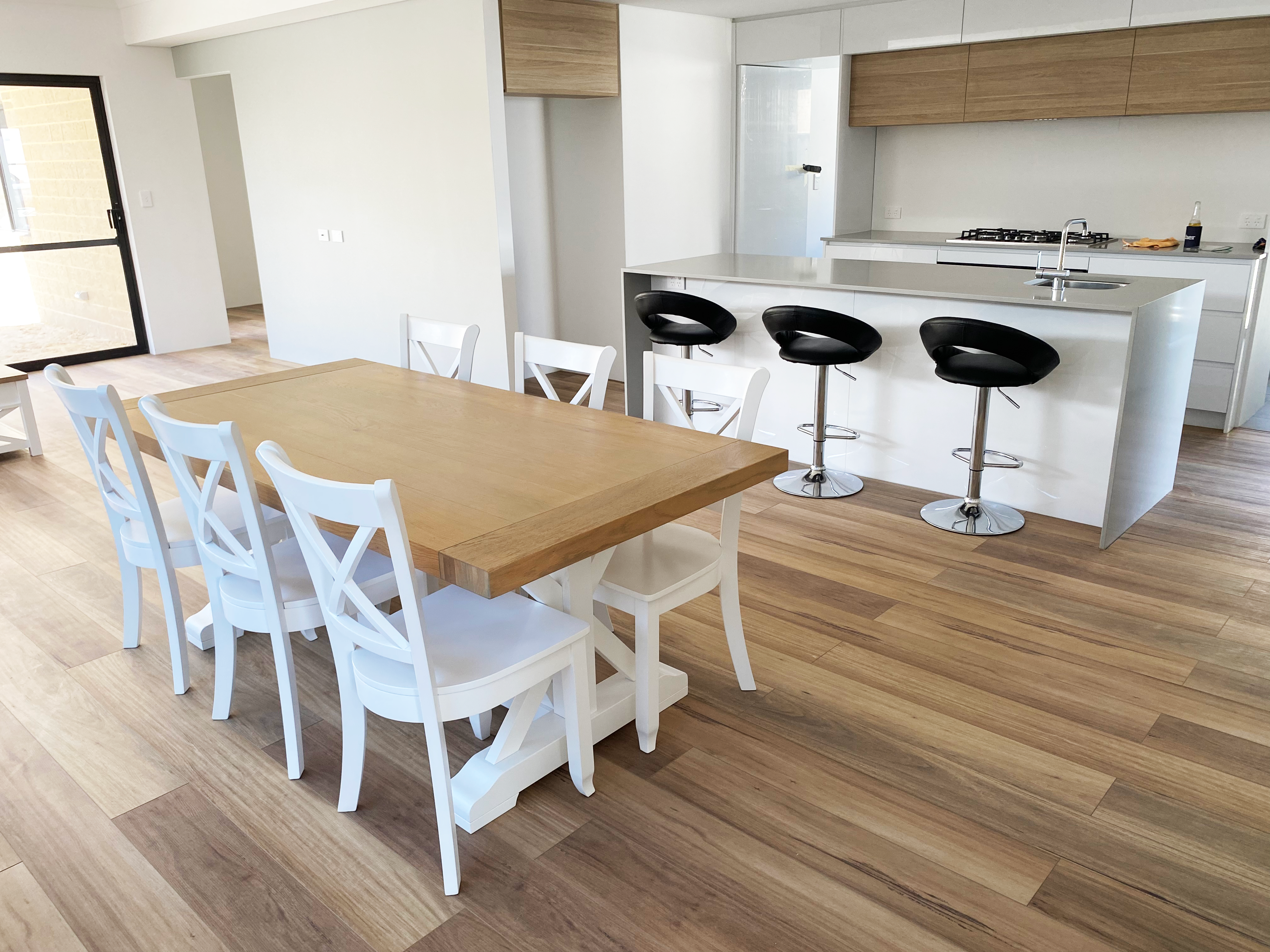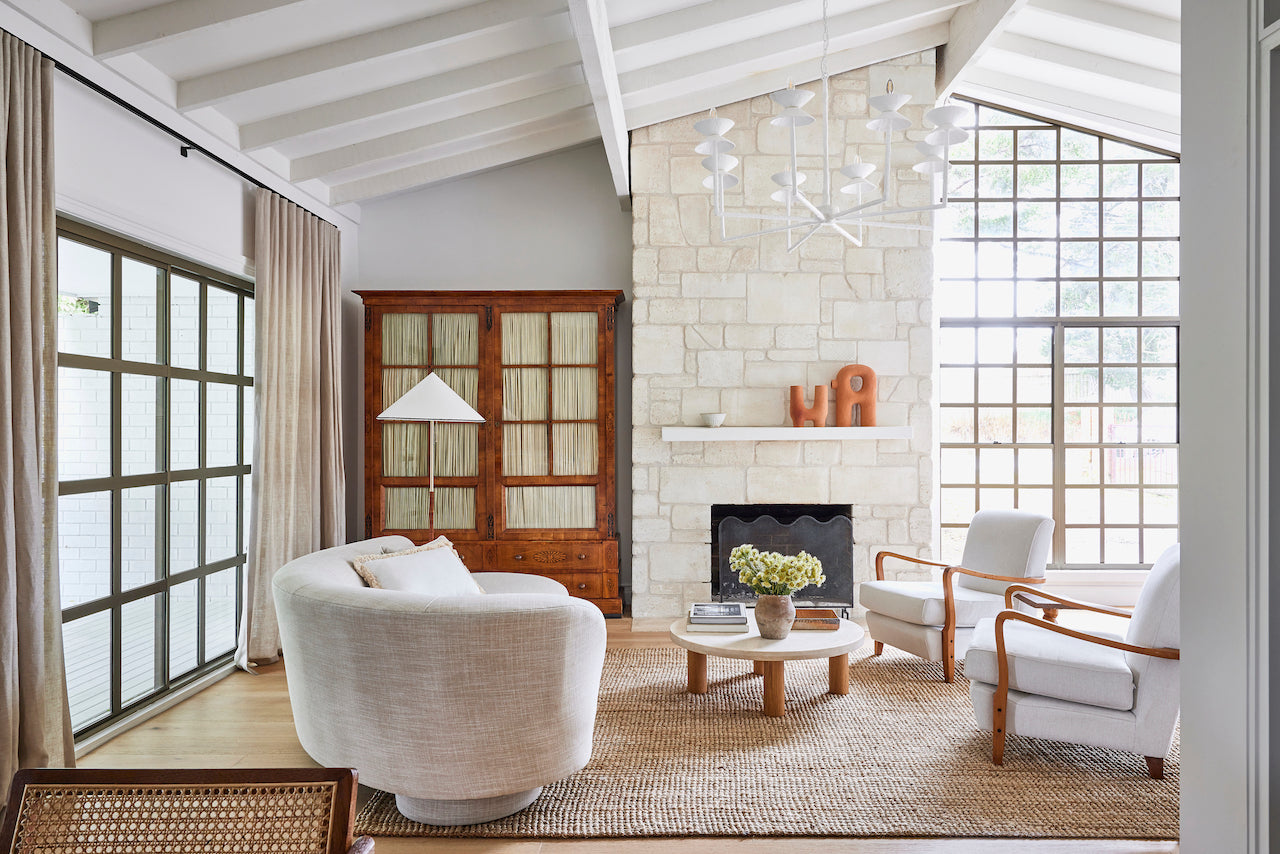
The installation of your new floor requires proper preparation whether you are using a Flooring Online recommended installers or a private tradesperson. This checklist provides critical information they need to adequately prepare and enable them to do the job quickly and efficiently.
Furniture
Be sure to let them know if there is furniture to be moved, or alternatively move furniture before arrival for a clear working space – moving of furniture can incur additional fees from professional installers.
Existing Flooring
If you have existing flooring in your space, inform your installer regardless of if it is removed or not. Be sure to let them know if the removal of existing flooring is a service they need to provide on the day. If you are removing it yourself be sure to scrape clean any existing fixing, staples, etc. for a level and clean space for your new floor.
Subfloor
A subfloor is a structural base upon which your new flooring will rest. How smooth and flat it is, makes an enormous difference to the feel and longevity of anything installed onto it.
To prepare your subfloor for installation grinding, floor levelling, or sanding of joints may be required to ensure you achieve the best possible finish. If you have concerns, discuss this with your selected installer prior to the day of installation to prepare accordingly.
If you have selected floating flooring, there should be no more than a 3mm gap beneath a 1m straight edge placed at any point on the floor. Any flooring requiring ‘glue down’, a 3mm straight edge is used.
Trims, Fittings and Fixtures
Knowing the interfaces your new flooring will interact with is essential for incoming installers. This includes weather strips to external doors, junctions with tiling at bathrooms or laundries, and junctions with carpet or other floor finishing into bedrooms.
It’s important to consider any areas they need to cut and install around, for example, built-in wardrobes, stairs, or open fireplaces.
Door clearance
Something that is often overlooked is the space between the underside of a door and the floor. In some cases, you may be installing flooring thicker than existing material resulting in the removal of doors and material planed off to allow the full use of doors.
Keep in mind, the total height (thickness) of your new flooring and underlay needs to be accompanied with an additional minimum 10mm to ensure clearance of doors, including but not exclusive to wardrobes and cupboards.
Plans, Sketches and Photos
Providing plans and sketches of your home’s layout can be extremely helpful to an installer so they can consider the layout of your home in advance.
Photographs can also assist with this; however; additional information may be requested to ensure they bring the correct equipment and provide an accurate quote for the job.
Relaying detailed information of the product and installation guidelines, available here will arm your installer with the knowledge and requirements of the particular product they are installing.
Remember, with the right information and open communication; you can ensure the installation process is easy, convenient and straightforward for both you and the installer.
To find a local Professional Flooring Installer, visit our Installation Page.
By James Embelton



